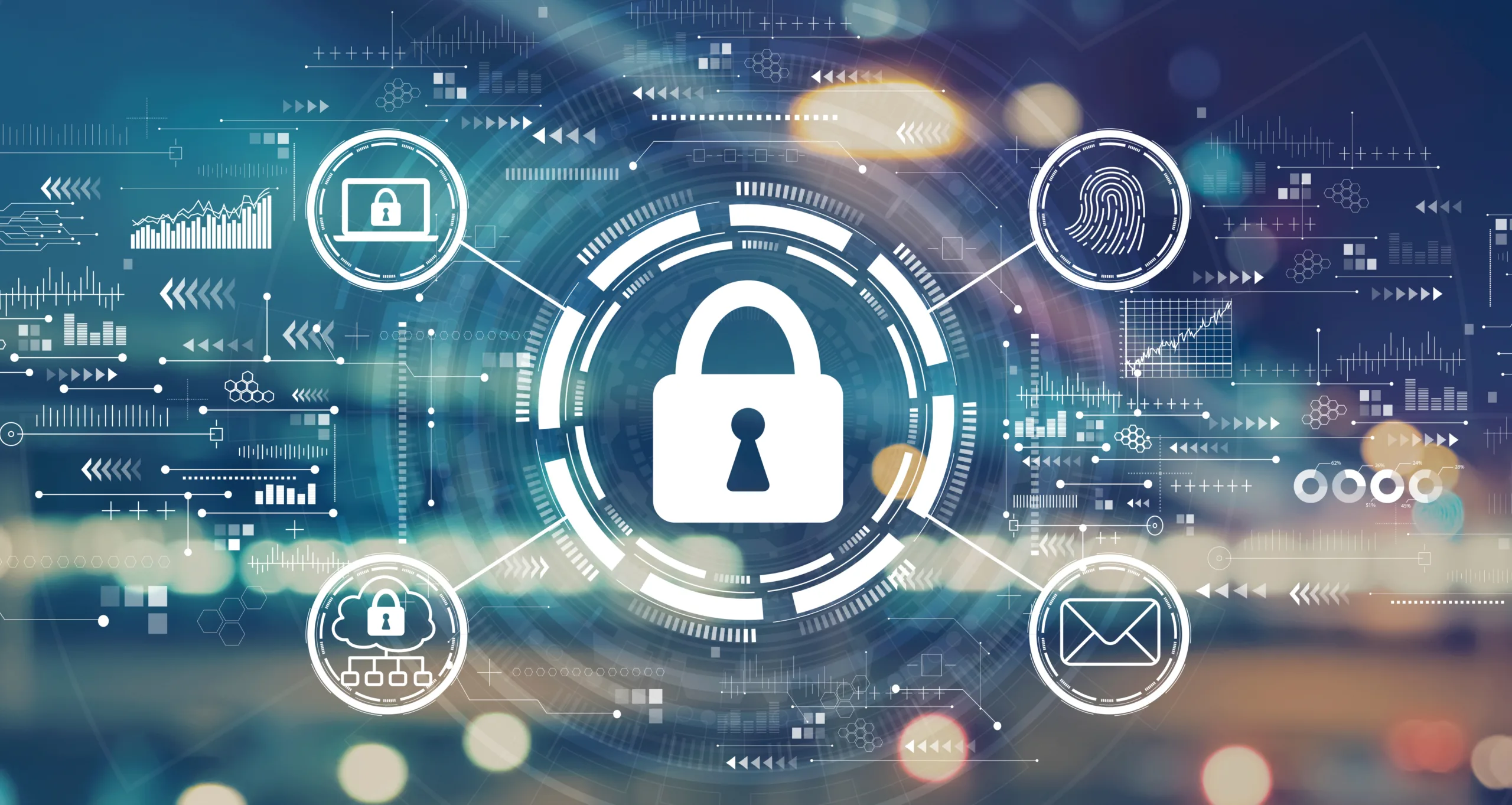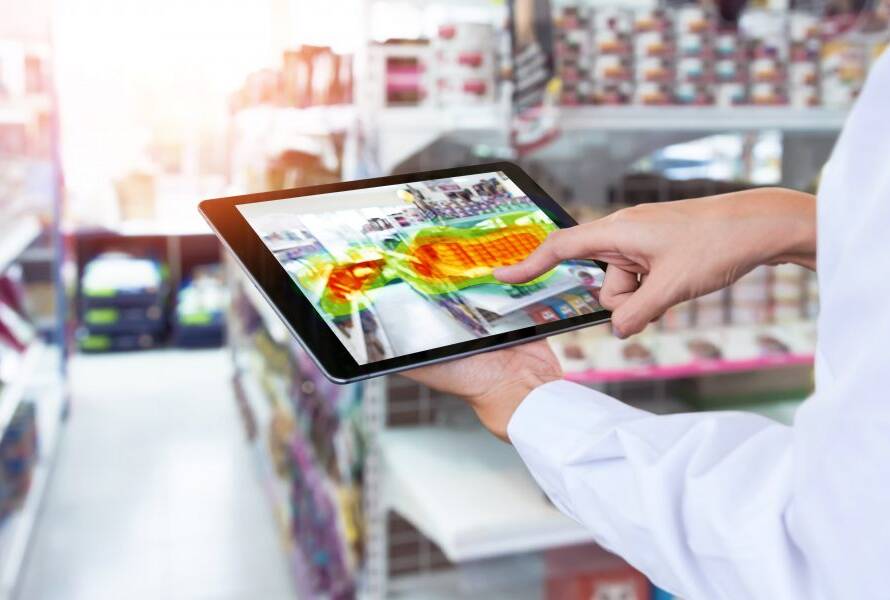
Today’s security networks have evolved from where they were 20 years ago. With these changes, we have seen many amazing advances in the technology and the connectivity between the systems which comprise today’s complex security systems.
Through these advancements has also come concerns on how we secure these systems and the data within them. As we look through the headlines, it seems a new data breach or network vulnerability is exposed daily, and this is why securing our system should be a top priority.
In cybersecurity, many refer to the three pillars for security, which are confidentiality, integrity, and availability. But what do these pillars represent, and how do we address these?
Confidentiality is often considered the primary goal of security. To maintain confidentiality, the system and data should only be accessible to authorized users. To address the concern or integrity, the system should employ functions to ensure the data is untampered and accurate.
Finally, if a system is not available, then this can create additional risks for a company, which is why the systems should provide safeguards to provide access for authorized users to the data and system resources when they need it.
Like other IT systems, there are some similar components found in the security system, and we can apply the security capabilities in a similar fashion. In a typical security network, the components which should be secured are the endpoint devices, the network, and the data.
When addressing endpoint security, we need to look at devices such as cameras, recorders, and workstations. Each of these points represents a means to access the overall security system.
The first line of defense for these devices should be implementing strong passwords and disabling default user accounts. Next, these devices should be regularly updated. While updates for cameras, recorders, and workstations may provide new functionality, they will often include fixes to known vulnerabilities found in these systems or implement new security functionalities.
Additionally, many devices come enabled with a host of services that can be used by the customer. If these services are not used, then they should be disabled to minimize exposure on the network. Finally, logging of the endpoint devices and regular audits can reveal unexpected behavior or potential vulnerabilities in these devices.
Read the full article on SecurityToday!
Chris Garner
Chris Garner is a Senior Product Manager at Salient Systems. He is primarily responsible for the CompleteView video data platform. Chris brings 20 years of experience in the physical security industry to this role. He Joined Salient in 2012, beginning his career in the systems engineering organization where he was responsible for specifying, deploying, and supporting video management software and video recorders. Chris transitioned to Product Management in 2015, where he previously worked with technology partners on integrations and hardware products. Chris holds a Bachelor of Science in Information Technology and is a veteran of the U.S. Navy.




